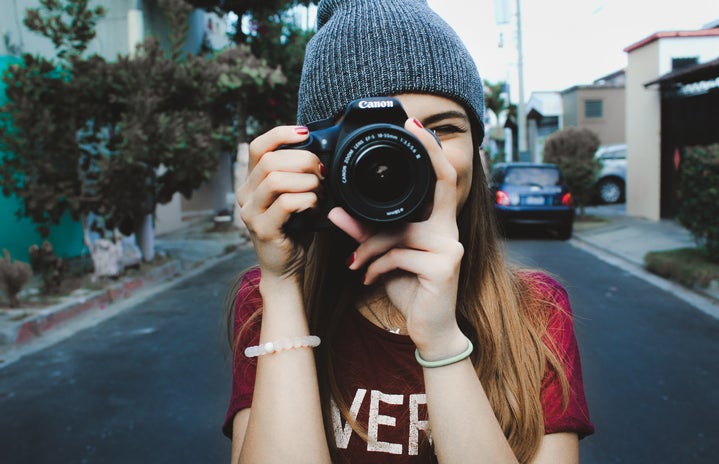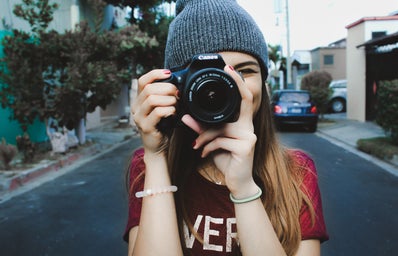Sometime last month while I was scrolling through Instagram, I received about five direct messages at the same time. They all linked me to the same picture of an egg posted by @World_Record_Egg. At first, I didn’t get how five people who didn’t even know each other all knew about the same niche account. But when I read the description of the post, the Egg’s heroic mission became clear. It was trying to dethrone Kylie Jenner and beat her world record of having 18 million likes on a single Instagram post. An anonymous user had come for the Queen of Instagram’s Crown and was able to make off with it using a stock photo of an egg. Admittedly, that egg (or more accurately The Egg) impressed me.
In one short weekend, this egg amassed over 50 million Instagram likes, 9.6 million followers, and a devoted following that called themselves the #egg gang. Egg memes and copycats soon populated every screen I owned. Not even my favorite subreddit (/r/ showerthoughts) was safe from the Egg’s domination. Its insta fame spawned countless ads from companies trying, and failing, to reach “generation Z” using the latest internet craze and memworthy content.
But how did a stock photo achieve Instagram verification? My theory is that people love an underdog and are againt what the Kardashians represent in the world of social media. The first explanation is pretty simple: people are inspired when a seemingly weak but honorable hero can prevail over a more powerful and morally corrupt foe. People would “like” the egg, just to feel like they helped it defeat Kylie Jenner. These “likes” are like the stones David slung at Goliath. But, in this case, David is a .jpeg file downloaded off Google images and Goliath is a multi-millionaire reality star, turned makeup mogul and mom.
Photo credit: The Alternative Press
The second reason is a little more nuanced. On social media platforms, image is everything. Users may be using the platforms to share their lives with their friends, but posts are often artificial and present an idealized representation of who users actually are. In simpler terms, #candid photos are posed and bodies are photoshopped. Nobody is better at doing this than the Kardashians. They promote unhealthy social media practices for financial gain in the form of ad revenue and set the social media trends that everyone else inevitably follows (present company included).
The Egg, however, is not like the artificial personalities of the Kardashians and other celebrities and “influencers.” What you see is what you get. By liking and sharing the egg for the sole purpose of being more popular than one of Kylie Jenner’s posts, people are expressing their resentment towards the unreasonable standards that Kylie Jenner perpetuates and embodies. Getting more likes then Kylie Jenner may be the Egg’s reason for existing, but it suggests a greater frustration with social media as a whole. People are tired of having to pose their photos to make it look like they had a good time at a party. They would rather live in the moment and genuinely have a good time at a party. As ridiculous as it sounds, @World_Record_Egg is relevant because it represents the authenticity that people have lost, and now crave from social media.
Photo credit: Guinness World Records
@World_Record_Egg’s recent activity has surprised me but it also confirmed my suspicions about its true purpose. If you didn’t check Instagram the day after the Super Bowl, you probably didn’t see the short video @World_Record_Egg posted. It showed the little egg cracking under the pressure put on it by social media and provided links to mental health support sites around the world. The Egg’s newfound mental health advocacy confirms my predictions about people’s frustrations with social media. The Egg was created to divert attention from Instagram’s (and to a certain extent Kylie Jenner’s) unrealistic standards and put the spotlight on ways to help people who have been damaged by these plastic politics. It felt good to see a social media trend be used as a platform to challenge how harmful social media itself can be. This is what also surprised me about the egg, it would have been so easy to use its newfound fame as a way make money, get brand deals, or just get the proverbial “15 minutes of fame.” But they didn’t do that; the creators of @World_Record_Egg didn’t succumb to the social media pressure that they (ironically) found themselves in as a result of going viral. In a werid way, a stock photo managed to restore my faith in the internet.
So whether you like your eggs scrambled, or in your newsfeed, its hard to overlook @World_Record_Egg’s accomplishments.
Want to keep up with HCBU? Make sure to like us on Facebook, follow us on Instagram, check out our Pinterest board, and read our latest Tweets!



